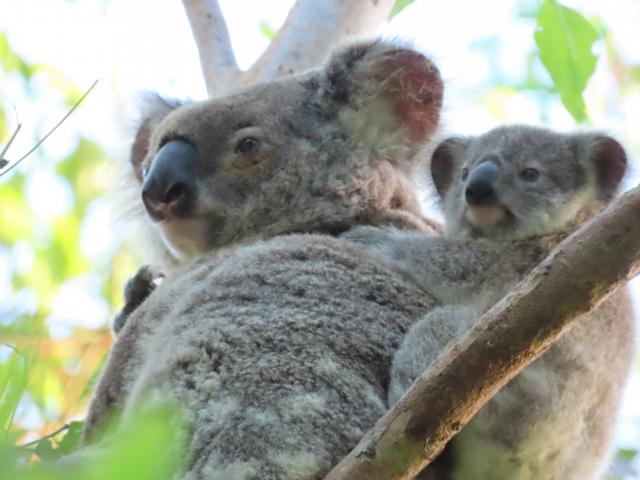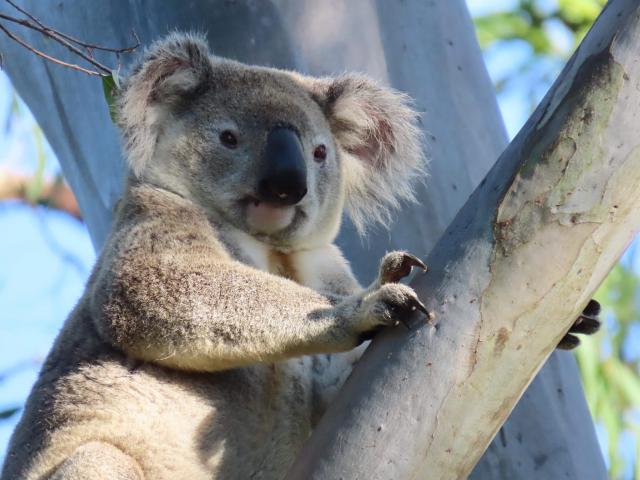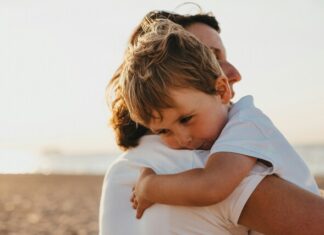Koala Action Gympie Region (KAGR) has been successful with a second grant from the Australian Government “Saving Koalas Fund” to continue its koala habitat projects and to build knowledge of the remaining koala populations in Gympie Region.
“We believe our success with obtaining these grants is testimony to our volunteer group’s hard work over the past 8 years, and the level of community support and engagement, especially in the ‘citizen-science’ reporting of koala sightings.” KAGR President Robyn Jackson said.
“This grant will enable us to plant an additional 3500 koala food trees on private properties in the Mary Valley.
“This will not only improve the quality and quantity of habitat for the local koala populations, but importantly help to connect patchy fragmented habitat so koalas can move more safely across the landscape.
“This will benefit many other species as well.
“Thanks to the community and koala rescue groups getting on-board with reporting koala sightings and impacts into ‘Wildwatch Gympie’, Council’s excellent application for the reporting of threatened species.
“Due to this, we have some good local data on our koalas.
“But there are many areas in this large region, such as many national parks and State forests, where we do not know if koalas remain, or how they are going.
“As part of these grants from the Australian Government, we are working with the University of the Sunshine Coast and Scientific Koala Surveys to investigate these koala population knowledge gaps.”
Dr Romane Cristescu said, “This includes droning several areas that appear to contain suitable habitat for koalas but where very few sightings have been reported.
“At each site, koala density will be estimated thanks to real time drone-mounted thermal imagery, with each koala detection subsequently visited on foot to collect fresh scat samples with assistance from a specially trained detection dog.
“Early reports have found koalas at each site which is very encouraging.
“It is crucial that we understand where koalas are located in order to ensure that these populations do not become isolated and lose genetic diversity for their long-term survival.
“Koala scat samples will then be analysed using next-generation genetic sequencing and genotyping to provide individual genetic “fingerprinting”, population health (Chlamydia prevalence, sex-ratio, genetic relatedness, diversity and inbreeding) and diet (food tree species), which can identify populations in need of intervention actions for effective conservation and recovery.
“This might include disease management or targeted rehabilitation to increase habitat connectivity and hence gene flow.
Robyn Jackson said, “The overall purpose of these Australian Government grants is to support the recovery and long-term conservation of the koala and its habitats, which is also our group’s goal.
“We are so privileged to still have, and see, koalas in the wild.
“We are certainly excited about the projects we are working on for our koalas.
Members of the public can learn more at the Koala Forum coming up on Saturday 2 March at Goomboorian Hall from 10:00am.
To register phone BMRG on 41814999.









